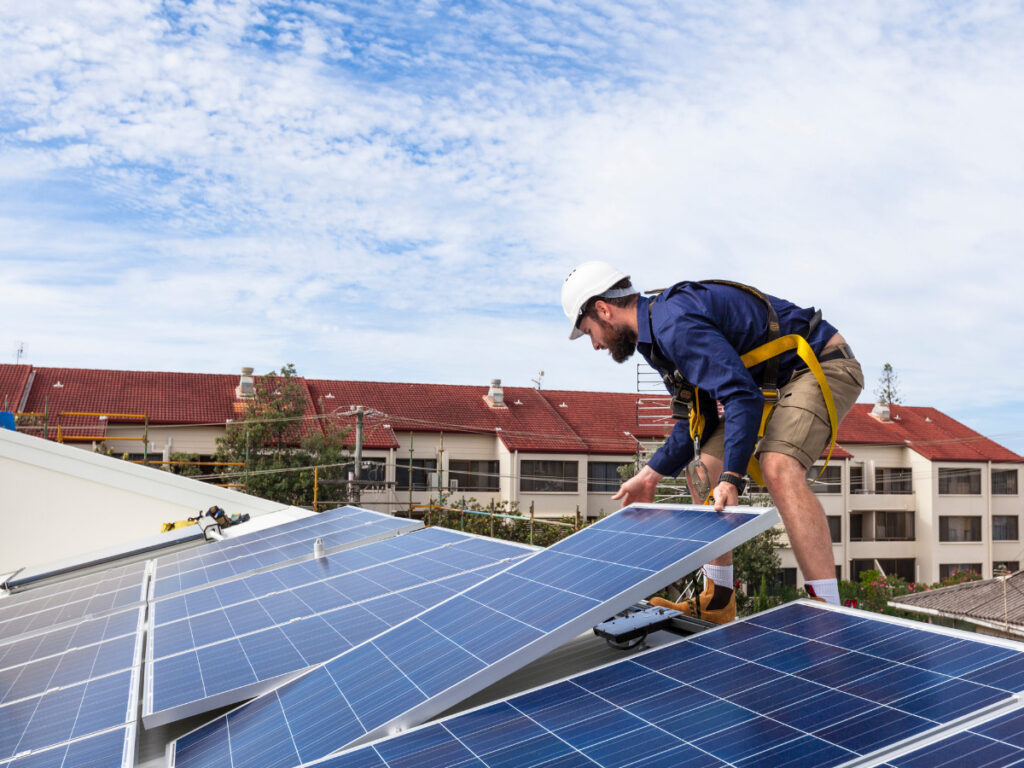
The question of whether going solar is expensive has become increasingly common as more homeowners consider making the switch to renewable energy. The simple answer? It depends. The initial investment may seem steep, but when you look at the long-term savings and benefits, it can actually be a smart financial decision. Let’s break down the costs and explore whether going solar is the right choice for your home and budget.
The question of whether going solar is expensive has become increasingly common as more homeowners consider making the switch to renewable energy. The simple answer? It depends. The initial investment may seem steep, but when you look at the long-term savings and benefits, it can actually be a smart financial decision. Let’s break down the costs and explore whether going solar is the right choice for your home and budget.
Initial Costs
Yes, the upfront cost of installing solar panels can seem expensive. Depending on the size of your home and energy needs, the average installation can range anywhere from $15,000 to $25,000 before any incentives or tax credits. However, this figure can vary based on factors like:
- The size and type of the solar system
- Your location and local electricity rates
- Roof condition and installation complexity
Incentives and Tax Credits
The cost of going solar is significantly reduced when you factor in federal and state incentives. For instance, the Federal Solar Tax Credit allows homeowners to deduct 30% of the installation costs from their federal taxes. Many states also offer rebates and incentives, further reducing the cost.
In some cases, local utility companies may offer financial incentives, making the overall cost of installation much more affordable.
Financing Options
If the upfront cost is still a concern, there are several financing options available to help homeowners go solar without breaking the bank. Popular options include:
- Solar Loans: These allow you to spread the cost over time, similar to a home loan. Many solar loans offer low interest rates, making monthly payments manageable.
- Leasing: In a solar lease agreement, you pay a monthly fee to a solar company that installs and maintains the panels. You don't own the system, but you still benefit from lower energy bills.
- Power Purchase Agreements (PPAs): Similar to leasing, PPAs allow you to pay for the energy produced by the solar panels at a set rate, often lower than your traditional utility rate.
Long-Term Savings
While the upfront cost of solar can be high, it’s essential to consider the long-term savings. On average, homeowners save between $10,000 and $30,000 over the lifetime of their solar system. Solar energy reduces your reliance on the grid, leading to lower monthly electricity bills, especially in areas with high utility rates.
Additionally, homes with solar installations often have higher resale values. Buyers are increasingly looking for energy-efficient homes, and a solar system can make your property more attractive.
So, is going solar expensive? It can be initially, but when you factor in incentives, financing options, and long-term savings, the investment often pays off. Solar energy is not only a way to reduce your carbon footprint but also a smart financial move that can save you thousands of dollars in the long run.
If you’re thinking about going solar, take the time to explore your options, and you’ll likely find that it’s more affordable than you think!

Monday - Friday 7AM to 5PM
Saturday - by appointment only
We proudly serve Green Valley, Marana, Oro Valley, Saddlebrooke, Sahuarita, Tucson, Vail, and the surrounding areas.

